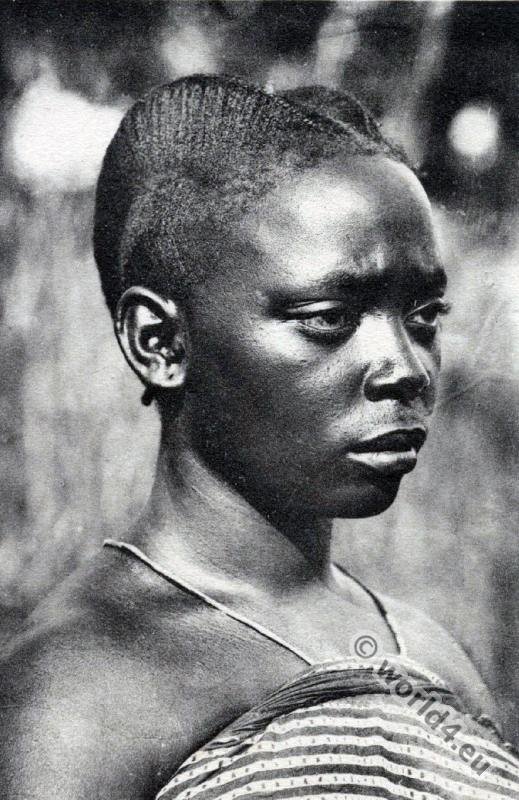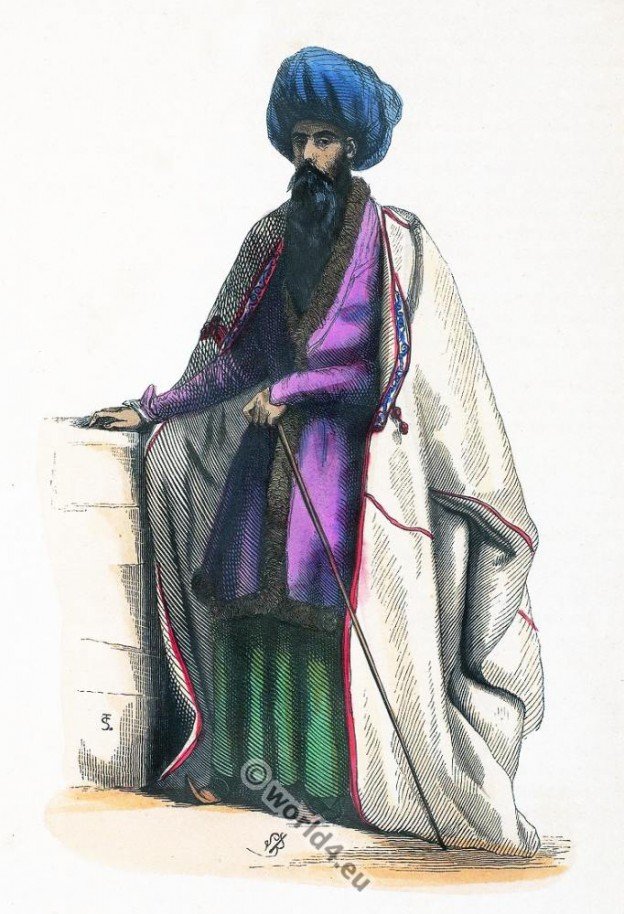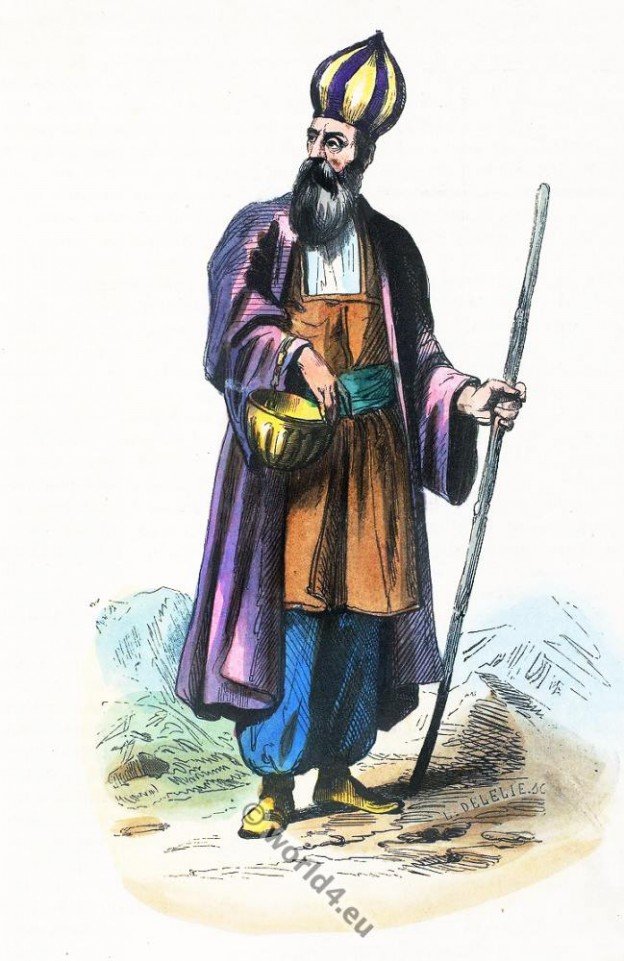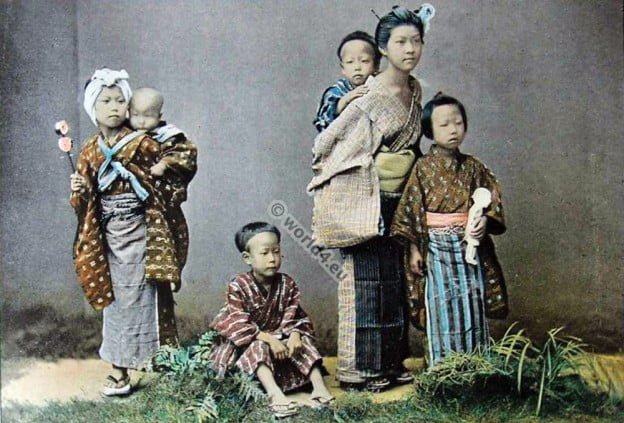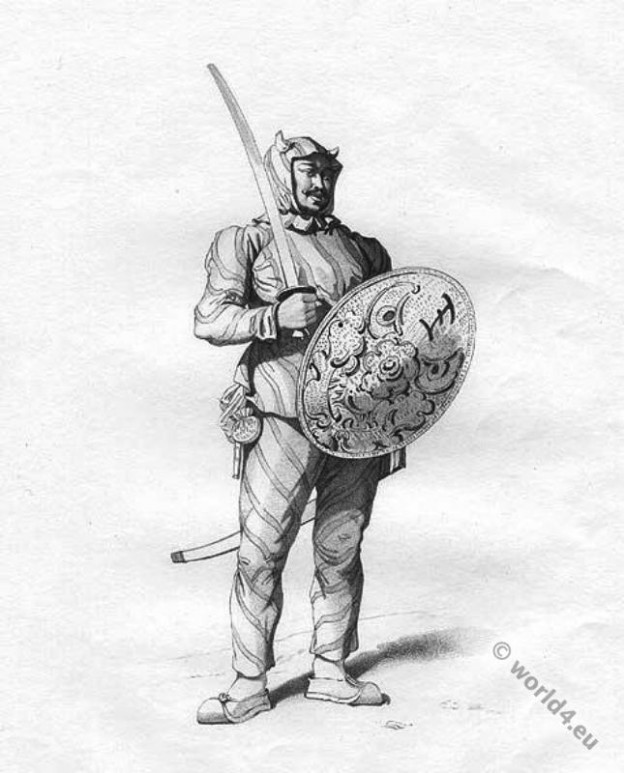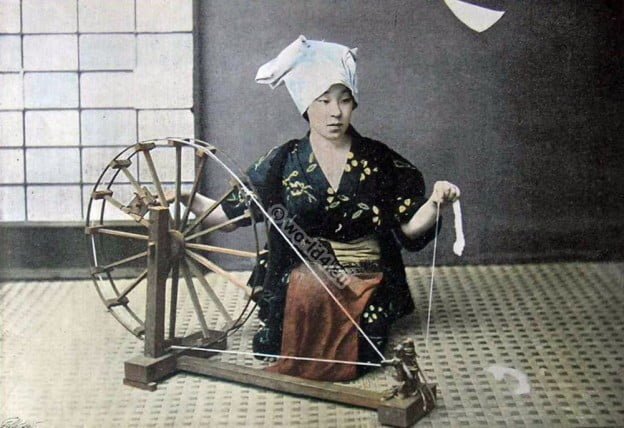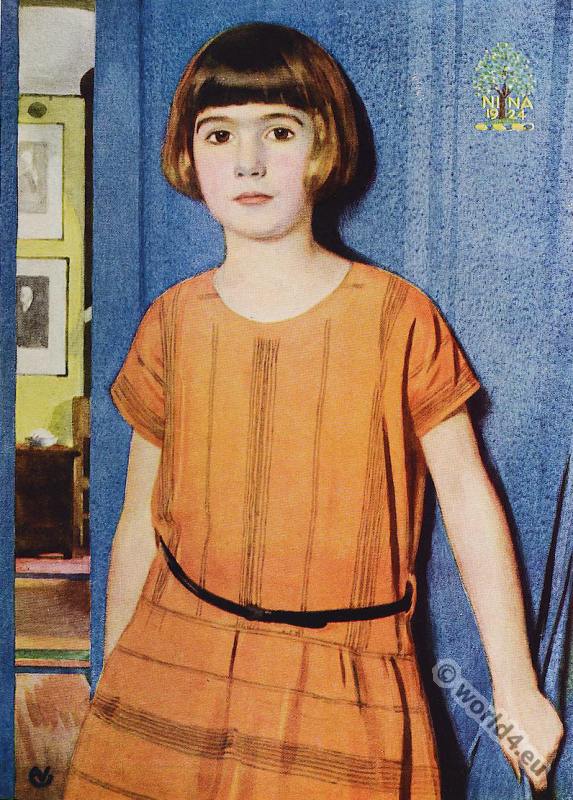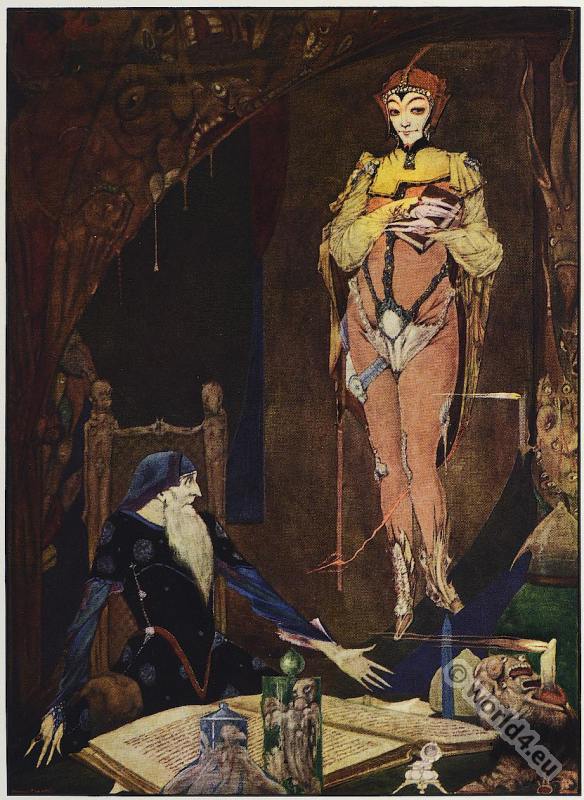Goma is a major city in the east of the Democratic Republic of the Congo and the capital of North Kivu Province.
Persian priest or mullah in 1840
Persian priest or mullah in 1840.
A follower of Sufism. Sufi orders. Persian dervish in 1840.
Sufism is a collective term for movements in Islam that have ascetic tendencies and a spiritual orientation, often referred to by the word mysticism. A follower of Sufism is called a Sufist, a Sufi practitioner or dervish.
Japanese children. Groupe d’enfants, 1895.
Japanese children. Groupe d’enfants, 1895. Souvenirs de Voyages, Paris, L. Boulanger 1895.
A Chinese cotton wool cleaner, 19th century.
Our engraving represents an early stage of the latter-the cleaning the cotton-wool, before it passes into the hands of the spinner.
A Tatar Tiger Guard of the Chinese Emperor. Tatar troops at Beijing.
The Tatar soldiers form the garrison of towns; and they are, in an especial manner the guards of the emperor. In each town they are under a general, who is independent of the officer who commands outside the walls.
Cotton spinner. Fileuse de coton. Japan 1895.
Cotton spinner. Fileuse de coton. Japan 1895. Autour du Monde. Souvenirs de Voyages.
Hairdress of a Woman of N’Djamena, Chad.
Woman of N’Djamena, formally Fort Lammy, Chad. The dark continent; Africa, the landscape and the people by Hugo Adolf Bernatzik.
Portrait “Nina” by Arthur E. Vokes.
Portrait “Nina” 1924, Water color by Arthur Ernest Vokes 1874–1964
Goethe`s “Faust.” By Harry Clarke 1925.
Illustration for Goethe`s “Faust.” By Harry Clarke (1889-1931). Fantasy costume design 1925

